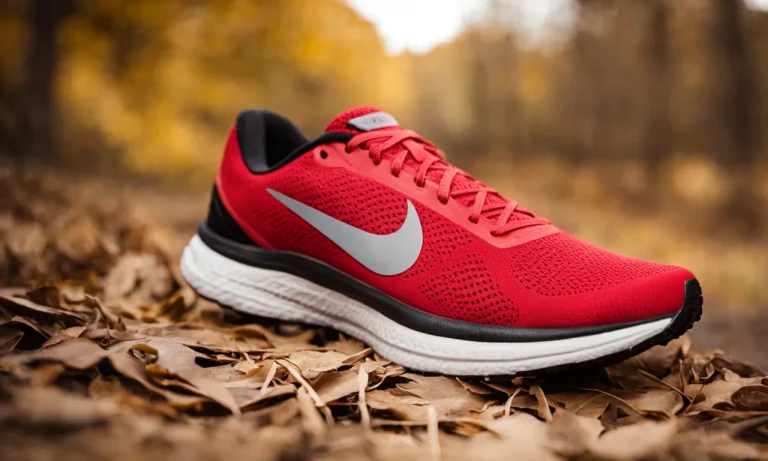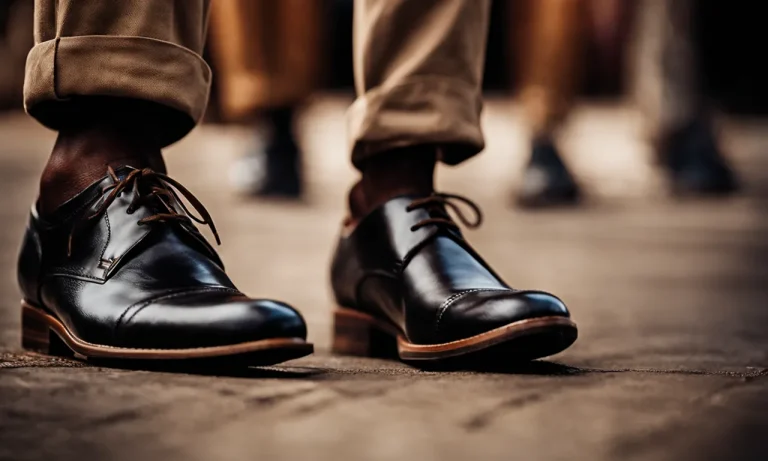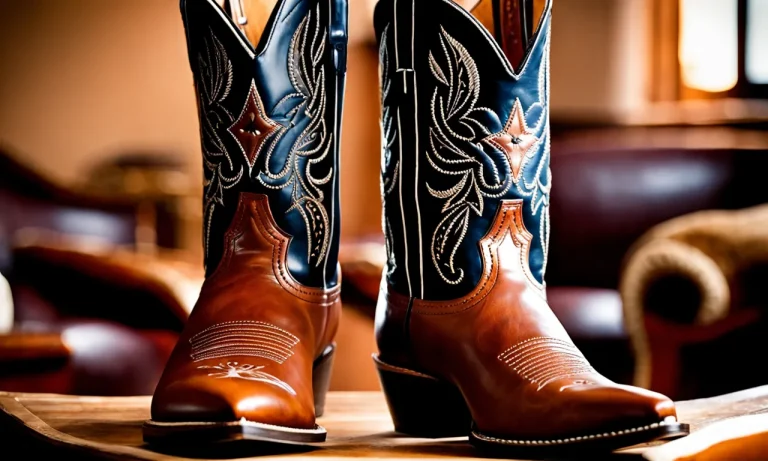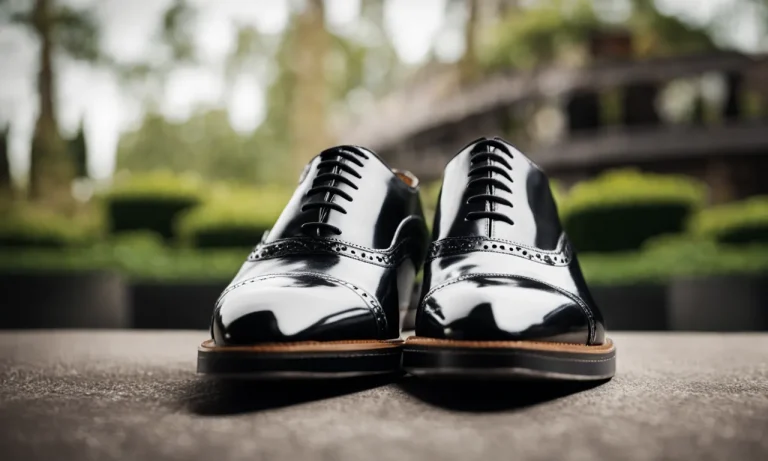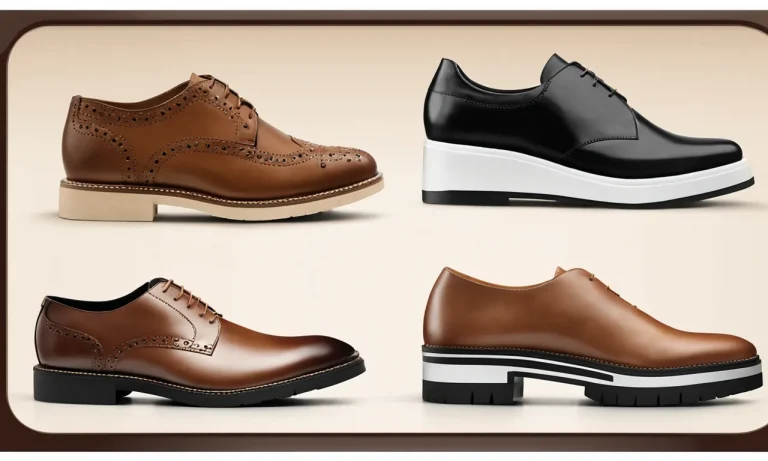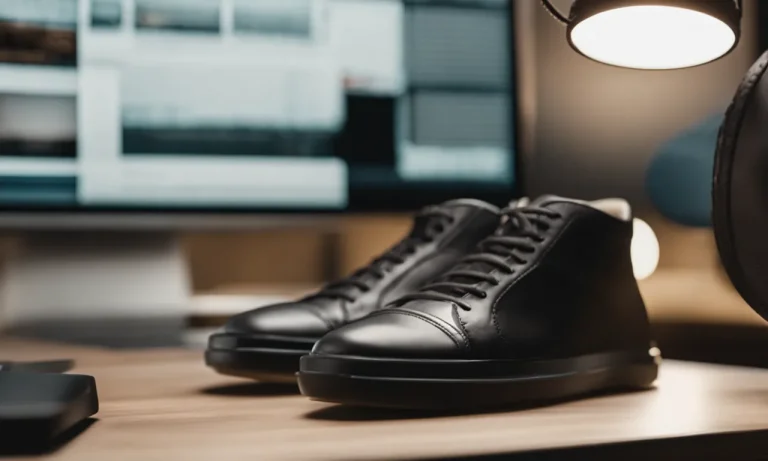Cowboy boots and their iconic heels are synonymous with the American West. But have you ever wondered why cowboy boots have heels in the first place? What purpose do they serve for cowboys riding the range?
In this comprehensive guide, we’ll take a deep dive into the history and practical reasons behind the cowboy boot heel.
If you’re short on time, here’s a quick answer to your question: Cowboy boots have heels to help secure the rider’s foot in the stirrup and prevent accidents or injuries when riding horses.
Origins and History of the Cowboy Boot Heel
When you think of cowboy boots, one of the first things that probably comes to mind is the distinctive heel. But have you ever wondered why cowboy boots have heels? Let’s dive into the fascinating origins and history behind this iconic feature.
Heels Developed for Practical Use on Horseback
The development of the heel on cowboy boots can be traced back to the practical needs of cowboys on horseback. When riding, a heel provided several advantages. Firstly, it helped to prevent the foot from slipping through the stirrup, ensuring that the cowboy stayed securely in the saddle.
This was especially important during the intense physical activities involved in herding cattle or participating in rodeo events.
Additionally, the heel acted as a tool for cowboys to control their horses. By placing their weight in the heels, they could communicate with their horses more effectively, providing subtle signals and cues.
This was crucial for maneuvering and directing the horse’s movements, especially in challenging terrains or during fast-paced cattle drives.
Higher Heels Provided Balance and Safety
Over time, cowboy boot heels became higher, providing cowboys with even more benefits. The increased height of the heel offered greater stability and balance, allowing riders to maintain their posture and control while on horseback.
This was particularly advantageous when navigating rough terrain or when riding at high speeds.
The elevated heel also served as a safety feature, as it prevented the foot from sliding too far into the stirrup and getting stuck. This could be a dangerous situation, potentially leading to a rider getting dragged or trapped in the event of a fall.
The heel helped reduce the risk of such accidents, ensuring the safety of the rider.
Distinct Styles Emerged in Different Regions
As cowboy boots gained popularity and spread across different regions, distinct styles of heels emerged. For example, the traditional western boot, commonly worn in Texas and the Southwestern United States, typically features a slanted or angled heel.
This design allows for easier gripping of the stirrup, enhancing stability and control.
In contrast, the classic roper boot, popular in the Great Plains and Midwest, often has a lower and wider heel. This style provides a more balanced and comfortable fit, making it suitable for long hours of work on horseback or walking on the ground.
The evolution of cowboy boot heels showcases the fusion of practicality, functionality, and regional preferences. Today, cowboy boots continue to be a symbol of Western heritage and fashion, with their distinctive heels serving as a reminder of their rich history.
Functional Benefits of the Cowboy Boot Heel
Cowboy boots are known for their distinctive heel, which sets them apart from other types of footwear. While the heel may seem like a purely decorative feature, it actually serves several functional purposes that make it an essential component of cowboy boots.
Prevents Slipping Through Stirrups
One of the main reasons why cowboy boots have heels is to prevent the rider’s foot from slipping through the stirrups while riding. The heel provides a solid anchor that helps keep the foot in place, especially during fast-paced maneuvers or when dealing with unruly livestock.
This feature is crucial for maintaining control and stability while on horseback.
Locks Foot in Place in the Stirrup
The heel of a cowboy boot also helps to lock the foot securely in the stirrup. This is especially important when working on a ranch or engaging in activities such as roping or barrel racing. The locked-in position ensures that the foot remains stable and prevents it from accidentally slipping out of the stirrup, which could lead to dangerous situations and potentially serious injuries.
Protects Feet When Working With Livestock
In addition to its role in riding and securing the foot, the heel of a cowboy boot serves as a form of protection when working with livestock. The raised heel provides a buffer between the foot and the ground, helping to absorb impact and reduce the risk of injuries caused by stepping on uneven terrain or being stepped on by a horse or cow.
This added protection is vital for cowboys and cowgirls who spend long hours working on their feet in challenging environments.
Cowboy Boot Heel Heights and Shape
One distinctive feature of cowboy boots that sets them apart from other types of footwear is their unique heel design. The heels on cowboy boots serve both functional and aesthetic purposes, making them an iconic part of Western fashion.
Let’s take a closer look at cowboy boot heel heights and shapes.
Common Heights and Variations
Cowboy boot heel heights can vary, but they are typically higher than those found on regular shoes. The most common heel height for cowboy boots is around 1.5 to 2 inches. This height provides stability and helps keep the foot securely in the stirrup while riding a horse.
Some cowboy boots may have taller heels, reaching up to 3 inches or more. These taller heels are often seen in traditional Western riding boots and are designed to keep the foot from slipping through the stirrup.
There are also variations in the shape of cowboy boot heels. The most popular heel shape is the classic “cowboy” or “walking” heel. This heel has a slight slant and a wider base, providing comfort and support for walking and standing for long periods.
Another common heel shape is the “roper” heel, which is lower and wider than the cowboy heel. Roper heels are favored by those who spend more time on the ground, such as ropers and cowboys who work on ranches.
Differences Between Riding Heels and Walking Heels
The main difference between riding heels and walking heels on cowboy boots lies in their functionality. Riding heels are designed with a higher slant and narrower base to fit securely in the stirrup. This design helps prevent the foot from slipping through the stirrup and getting caught during horseback riding.
Walking heels, on the other hand, are more comfortable for walking and provide better stability on uneven terrain. They have a wider base and a slight slant that allows for a natural walking motion.
Stacked vs Leather Heels
Cowboy boot heels can be classified into two main types: stacked heels and leather heels. Stacked heels are made by layering leather or other materials on top of each other, resulting in a stacked look. These heels are known for their durability and longevity.
Leather heels, on the other hand, are made from a solid piece of leather. They are typically thinner and more flexible, offering a different feel and look.
Both stacked and leather heels have their own advantages and are chosen based on personal preference and style. Stacked heels are often favored for their bold and eye-catching appearance, while leather heels provide a more traditional and streamlined look.
For more information on cowboy boot heel heights and shapes, you can visit www.cowboybootworld.com to explore a wide range of cowboy boot styles and heel options.
Riding Tactics With Cowboy Boot Heels
One of the most distinctive features of cowboy boots is the heel. While they may seem like a fashion statement, cowboy boot heels serve a practical purpose when it comes to horseback riding. These heels have been designed to enhance the rider’s performance and ensure their safety in the saddle.
Let’s explore some riding tactics that make use of cowboy boot heels.
Proper Positioning of Feet in Stirrups
When riding a horse, it is essential to have a secure and stable position in the stirrups. Cowboy boot heels play a crucial role in achieving this. The heels prevent the rider’s feet from sliding too far into the stirrups, allowing for a firm grip and increased control over the horse’s movements.
This proper positioning ensures that the rider can effectively communicate with the horse through their legs and maintain balance during various riding maneuvers.
Staying Balanced During Riding Gaits
Riding a horse involves various gaits, such as walking, trotting, and cantering. Each gait requires a different level of balance and stability from the rider. Cowboy boot heels aid in maintaining this balance.
The slightly elevated heel helps riders keep their weight centered over the balls of their feet, allowing for a more secure and balanced position in the saddle. This stability is especially important when riding at faster speeds or during quick turns and maneuvers.
Dismounting Safely
Another aspect of riding that cowboy boot heels assist with is dismounting. Getting off a horse safely is just as important as mounting it. The heel provides a convenient leverage point, allowing riders to push off the stirrup and dismount smoothly.
Without the heel, the foot might get stuck, increasing the risk of injury during dismounting.
So, the next time you see someone riding in cowboy boots with heels, know that it’s not just for the looks. These heels are essential for proper riding tactics, including positioning the feet in the stirrups, staying balanced during different gaits, and ensuring a safe dismount.
Now, you have a better understanding of why cowboy boots have heels!
Conclusion
So in summary, cowboy boot heels originated as a practical aid for horseback riding safety and stability. Over decades of cowboys spending long days in the saddle, an iconic heel shape emerged that both served a function and reflected regional styles.
While not all modern cowboy boots are used for riding, the cowboy heel remains an enduring element of Western heritage and cowboy culture.

